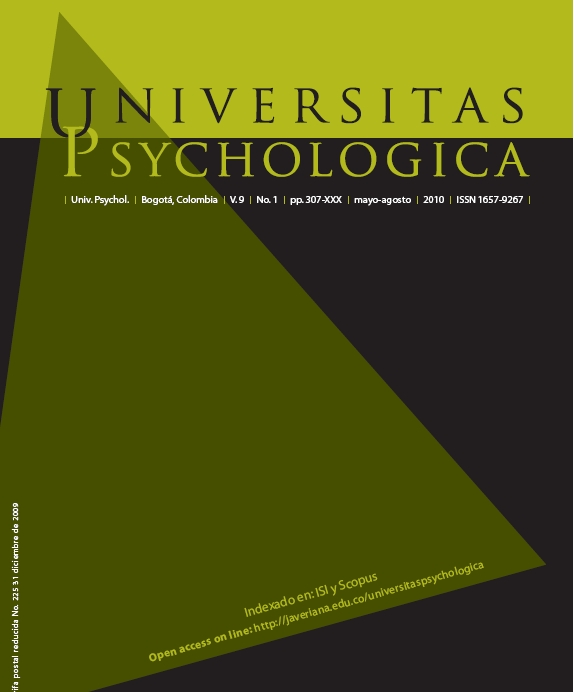Abstract
The revised restraint scale (RS) it is a psychometric instrument for measuring chronic alimentary restraint. Aim: To obtain reliability measures and factorial structure of a Spanish RS version in an adolescent sample. Materials and Methods: 838 adolescents female students (15.48 y.) completed the instrument. An exploratory (i.e. principals components, oblique rotation) and confirmatory factorial analysis was performed over the RS scores. Results: Both RS sub-scales shown appropriate reliability, although item 9 achieved low corrected homogeneity (r<.3). After exploratory factorial analysis two correlated factors (Diet Concern and Weight Fluctuations) emerged, explaining 55.76% of the variance. Confirmatory analyses yielded moderate fit of the hypothetic bifactorial structure. Conclusions: The Spanish RS version shows a bifactorial structure and good reliability levels in adolescent sample.
This journal is registered under a Creative Commons Attribution 4.0 International Public License. Thus, this work may be reproduced, distributed, and publicly shared in digital format, as long as the names of the authors and Pontificia Universidad Javeriana are acknowledged. Others are allowed to quote, adapt, transform, auto-archive, republish, and create based on this material, for any purpose (even commercial ones), provided the authorship is duly acknowledged, a link to the original work is provided, and it is specified if changes have been made. Pontificia Universidad Javeriana does not hold the rights of published works and the authors are solely responsible for the contents of their works; they keep the moral, intellectual, privacy, and publicity rights. Approving the intervention of the work (review, copy-editing, translation, layout) and the following outreach, are granted through an use license and not through an assignment of rights. This means the journal and Pontificia Universidad Javeriana cannot be held responsible for any ethical malpractice by the authors. As a consequence of the protection granted by the use license, the journal is not required to publish recantations or modify information already published, unless the errata stems from the editorial management process. Publishing contents in this journal does not generate royalties for contributors.


